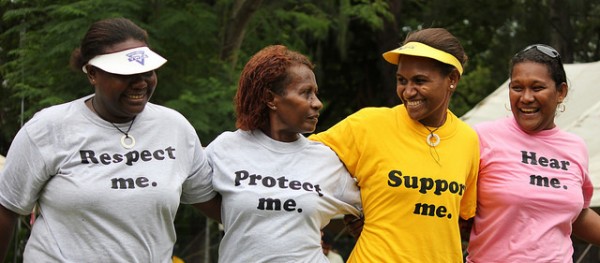It’s Almost Mothers’ Day: Why is pay for caregiving work so low relative to other jobs with similarly low requirements for formal education?

Two of the lowest paid groups of employees in the American economy are child care workers and personal care aides, according to a report just released by the US Census Bureau on February 25, 2016, providing the latest (2014) figures on how much men and women earn in each occupation.
Many of the organizations and political leaders honoring International Women’s Day last Tuesday have made a “pledge for parity,” promising to promote gender equity in pay. When most people think about what parity means, their “go to” question is whether men and women earn the same when they work in the same job and perform equally well. But we should also think about whether differences in pay between occupations are equitable. To keep the focus just on between-occupation differences, let me give some figures just for women.Women who were child care workers in 2014 had median earnings of only $20,452 for the year. If we assume that means 50 weeks a year and 40 hours per week, those child care workers made just $10.22/hour. Personal care aides earned $21,459 a year. Many food service workers have similarly low salaries.
Men who work in occupations with no higher educational or physical requirements have substantially higher salaries than such women. But this is even true for women in other occupations, despite the fact that women in general earn less than men in the same field. Women who do retail sales earn $26,051, those who do parking enforcement earn $35,148, and crossing guards earn $36,788. (All figures are medians for women in 2014.)
Why is pay so low in care work relative to other jobs with similarly low requirements for formal education? And how is it a gender issue if we just compare some women childcare workers to other women workers?
It is a gender issue because past research shows that, in general, the more a job is dominated by women the less it pays, other things being equal. So in part, care work pays badly because it is a job predominantly filled by women, which leads employers to set wages lower (even for the relatively few men who do it).
But there is another factor going on with care work. We are so used to women providing care for their families out of love and duty that it seems only “natural” that care will always be available, and we won’t have to pay much if anything for it.
Soon it will be Mother’s Day, and we will be inundated with testimonials of appreciation for the devotion, skill, and hard work that women put in to caring for their own children. But during Women’s History Month, maybe we should put our money where our mouths are and start rewarding the largely female workforce that provides childcare for the rest of American’s working families. Taking care of our nation’s children is a critically important job. It ought not to be so low-paid that the people who do it have to turn to food stamps to get by.
Comments 2
Donna Language — November 26, 2017
Yes I have experience the plight you end up in due to a low Caregiver salary.
Currently I have been with this one family for 3 years with no increases or mileage
allowance. Everything around me continues to become more and more expensive:
food, gas, rent, etc, etc. Yet nothing is said so I must ask for the raise in salary just to offset day to day expenses that you are exposed to living in Los Angeles. Its a very uncomfortable task but I must say something. Oh and I am a single Senior with a fixed income as well.
Pamela Kalka — June 26, 2020
Because must caregivers work for government subsidized programs. The agency gets 17 to 25 an hour from a waiver program and the caregiver get 9 to 12 out of that cut. Not just care it is house work, laundry, Shopping. Basically your doing everything for elderly patients. Turn over is high. Didn't get Hazzard pay for being essential worker during the pandemic. The job is hard work, low pay with out benefits. Doing the same work in a hospital is 17 to 25. You have patients that should be in a nursing home but the agency expects them anyway. It is very hard lifting ones that can't walk or stand by them selves Specially if they are over weight.